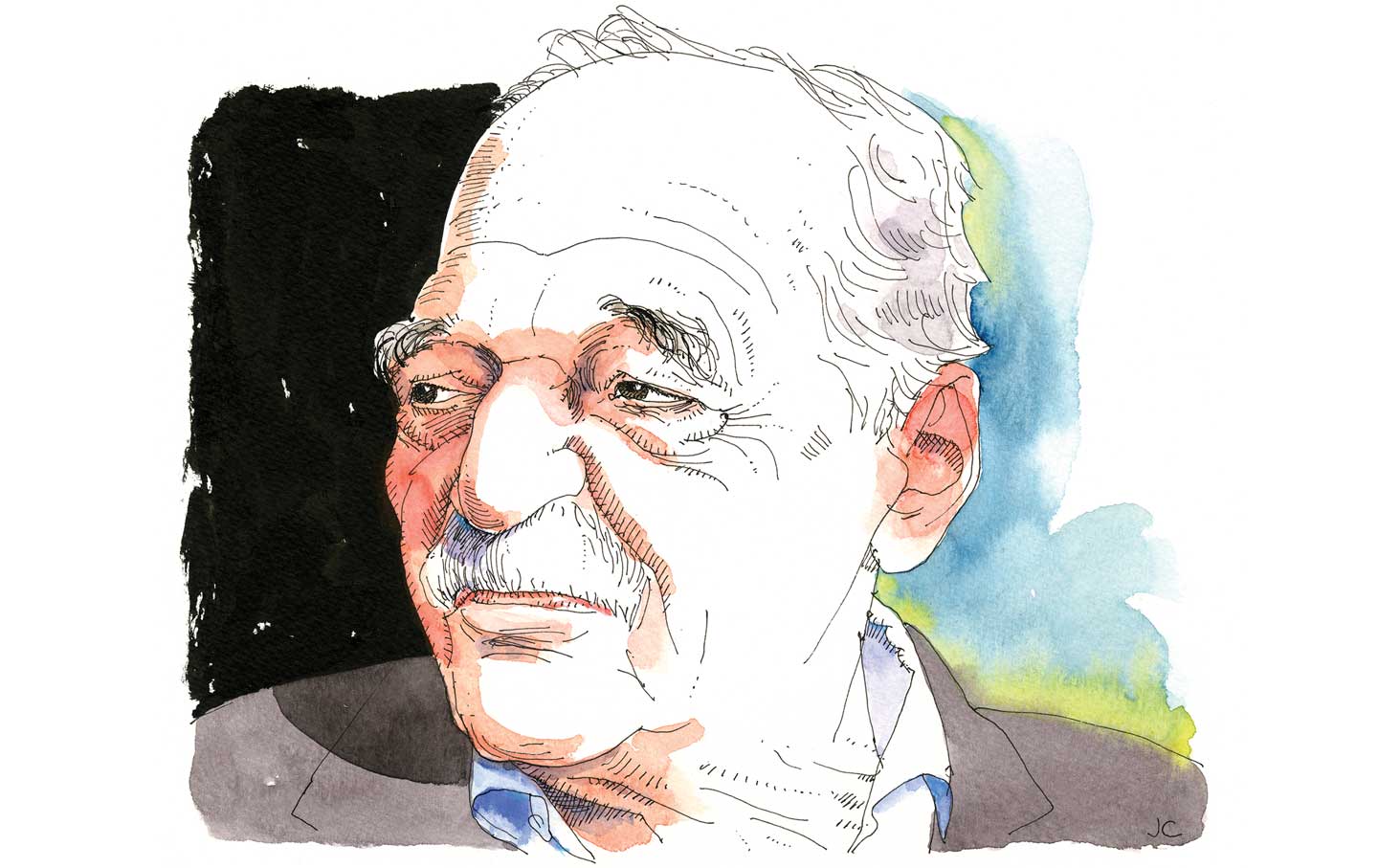by TONY WOOD

On October 26, 1949, in the city of Cartagena on Colombia’s Caribbean coast, a young journalist named Gabriel García Márquez went to the convent of Santa Clara to see its crypt being emptied prior to the building’s demolition. When the workers took a pickax to one of the burial niches by the altar, “the stone shattered at the first blow…and a stream of living hair the intense color of copper spilled out of the crypt.” The workers eventually brought out more than 20 meters of tresses attached to the skull of a young girl. Watching from a slight distance, García Márquez recalled a story his grandmother told him as a boy: “the legend of a little twelve-year-old marquise with hair that trailed behind her like a bridal train, who had died of rabies caused by a dog bite and was venerated in the towns along the Caribbean coast for the many miracles she had performed.”
The incident was the inspiration for an article he wrote that day for El Universal, the paper where he was then working, and a novel, Of Love and Other Demons, that appeared 45 years later. The story, recounted in the preface to the novel, neatly captures the way fiction and reportage were constantly interwoven across the breadth of García Márquez’s career—the way oral traditions, legends, and popular memories and the evidence of his eyes and ears work to nourish and creatively enrich each other, often across many years. In fact, while his novels and stories may have won him global renown, journalism was his first calling. Not only was it foundational to his development as a writer, but it also remained integral to his work and public persona throughout his life, from his early days as a cub reporter in Colombia until his death in Mexico in 2014.
The Nation for more